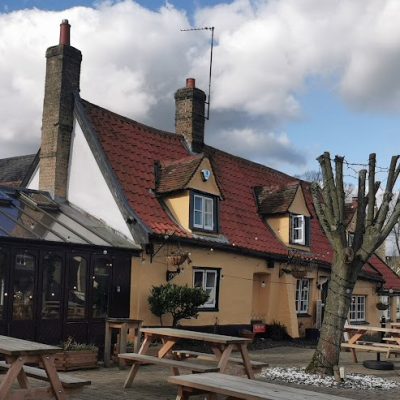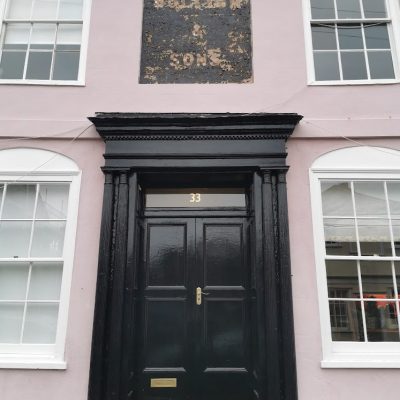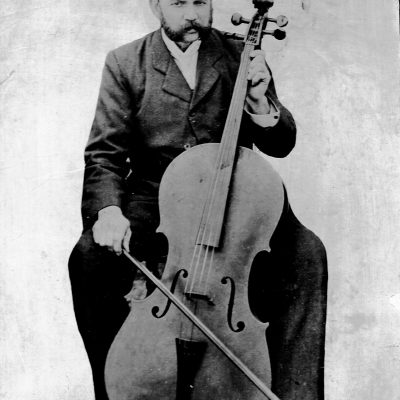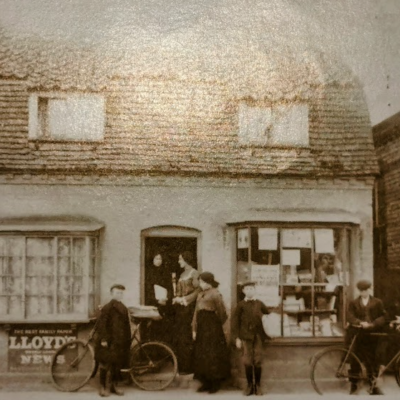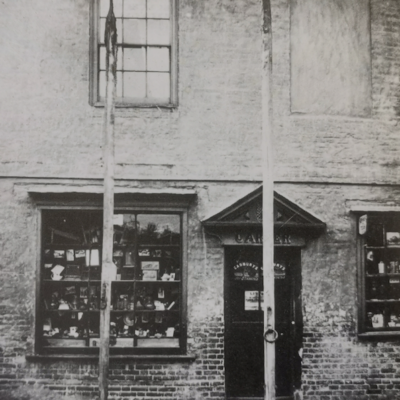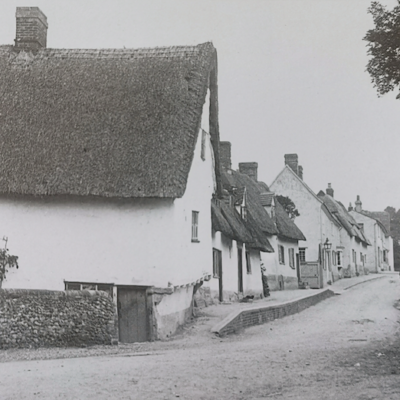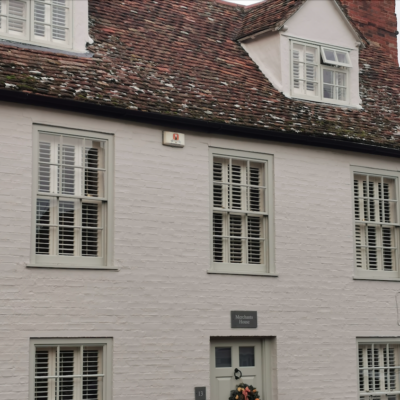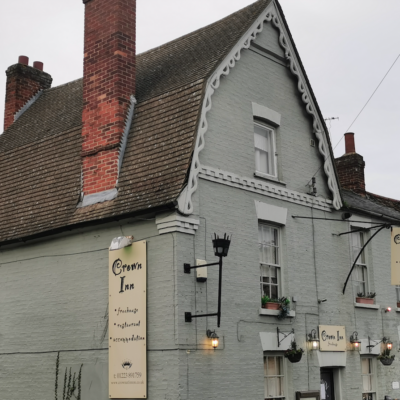Search by topic
- archaeology
- Building of Local Interest
- charity
- church
- crime
- dressmaker
- fire
- Great Eastern Railway
- Listed building
- Mapping Relief
- medieval
- oral history
- poverty
- Public House
- Rattee & Kett
- Religious House
- Roman
- scholar
- school
- Then and Now
- tudor
- women
- work
- world war one
- world war two
Search by text
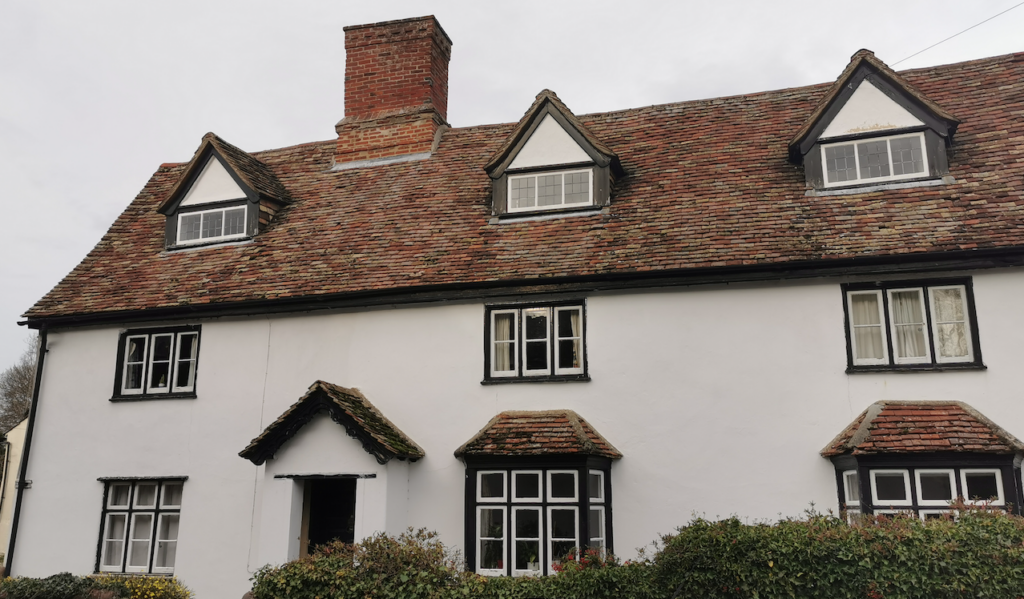 117 High Street, Linton
117 High Street, Linton117 High Street, Livemore House, Linton
History of Livemore House
Listed Building:
House. Early C17 with late C17 alterations and C18, C19 and C20 additions and alterations.
The house was built on the site used for the vicarage from 1280-1473; it was used as the Unionist Club in 1913.
Historic England
W M Palmer wrote in 1913:
The Old Vicarage
Now a seventeenth-eighteenth century house, with quaint windows, and a broad winding staircase at one end. Once the residence of a doctor. Shortly to be pulled down and made into a political club.
There is a dovecote in the garden still, which is unusual – a survival of the time when the Vicarage stood here. For this was formerly the site of the Vicarage which was first built on this spot about 1280. Master Geoffrey, the newly appointed Vicar, finding there was no house to live in, built one on this bit of ground, which belonged to the church, but also happened to be part of the Manor of Barham, as most houses on this side of the road were. The Lord of the Manor summoned him at the Cambridge Assizes for enclosing his garden, but the encroachment was apparently allowed. It continued to be the Vicarage until 1473 when a new agreement was made between the Vicar and the Rector (i.e. Pembroke College) concerning tithes. In this it was stated that the Vicarge was a great distance from the church (about four minutes’ walk), so that it was exchanged with his consent for an unhealthy site between church and river. It was this agreement which enabled his successor to win a law suit concerning the tithe of carrots against Pembroke College. It paid 1 1/2d rent to Barham Manor and occurs in the rental as “The Old Vicarage”.
Contribute
Do you have any information about the people or places in this article? If so, then please let us know using the Contact page or by emailing capturingcambridge@
License
This work is licensed under CC BY-NC-SA 4.0





